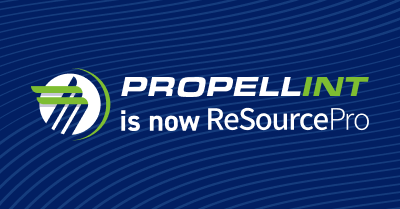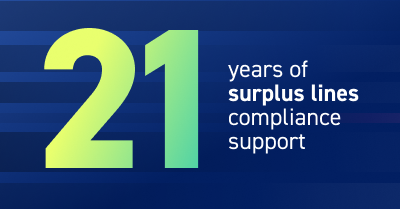Frank serves as Practice Leader, Growth Solutions at ReSource Pro.
Cognitive biases: a common barrier in insurance sales
Most insurance agents are unaware of cognitive biases: mental shortcuts we use when making judgements and decisions, which sometimes cause us to take irrational actions and make errors. We all have them, and they come into play during almost every sales conversation.
So, when a prospective buyer’s behavior appears to be counter to their best interests, such as a desire to stay with a less qualified incumbent, an agent may be facing a cognitive bias. Learning to identify and address these biases is key to successful insurance sales and is beneficial to both agents and buyers.
There are dozens of cognitive biases, but the most common three are:
- Status quo bias
- Anchoring bias
- Framing bias
Let us break down each of these biases and explore how agents can overcome them during the sales process.
Status quo bias
The status quo bias is best described by the axiom, “If it’s not broken, don’t fix it.” Change is viewed by buyers as a risk, especially when they have not experienced any adverse events. Further, status quo bias feeds into loss aversion bias—buyers feel that in the event of a change, there is a greater likelihood something bad is going to happen than something good. And finally, many buyers believe that if they make a change, they must admit that entering their previous agent relationship was the wrong decision.
To address the status quo bias, agents must help buyers feel that change is safe and they are likely at greater risk if they avoid it.
Anchoring bias
Next, let us look at the anchoring bias. The anchoring bias asserts that buyers tend to give more credence and value to the first information they receive, “anchoring” their perceptions to that initial impression, or a common practice, trend, or pattern.
Most insurance buyers have been purchasing insurance the same way for years, if not decades: by inviting in multiple agents, assigning them insurance companies to represent, and getting quotes. Buyers continue this process simply because it was the first they learned, not because it is effective.
To address the anchoring bias, agents must, again, help their prospects feel safe. Asking buyers the following questions can help suspend their judgment on their current process and pique curiosity toward an alternative:
- “To continue to execute your process as you have been, what do you have to believe to be true?
- “If something were to go wrong, what do you think would have precipitated that adverse event?
Framing bias
The third bias is known as the “framing bias,” and it may well be the most important of the three for insurance agents. Agents typically attempt to persuade their prospects by telling them about the value-added services, special programs, and great service they will gain by working together. However, the framing bias asserts that when you frame information in terms of gains, prospects are less likely to change.
Prospects often change to avoid bad things, not gain good things. So, by framing the same information in terms of risks and losses, agents can encourage a different, often more successful response.
Help buyers make better-informed decisions
Insurance agents should be aware that during just about every sales opportunity, the status quo bias, anchoring bias, and framing bias will be present. It is critical to understand and acknowledge them and offer the buyer an alternative way to make better-informed decisions when addressing the complex risk management and insurance buying process.
Find out how your insurance agency can boost producer performance and close more business by visiting our Agency Growth Solutions page.



